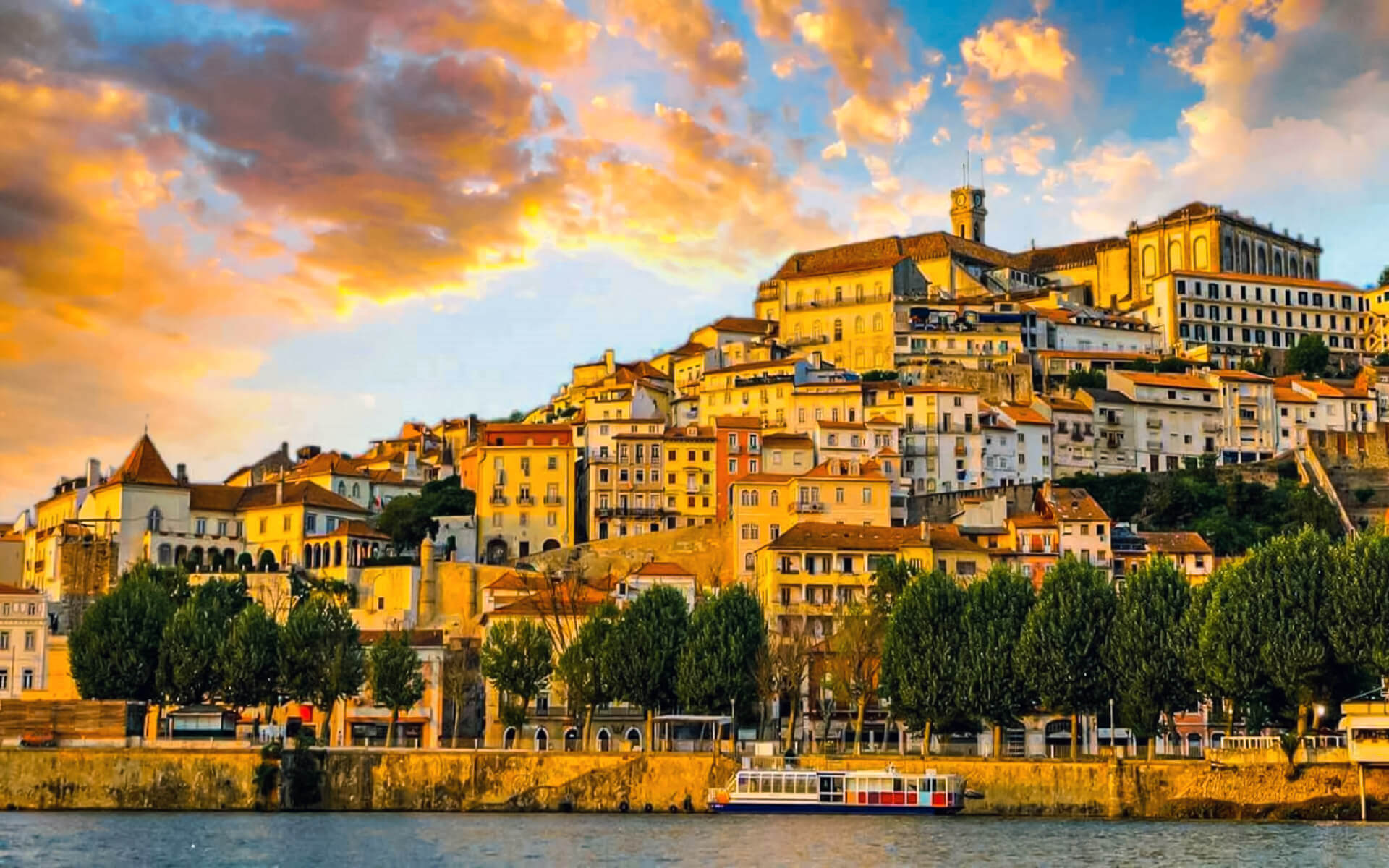The city’s wealth is based primarily on its University of Coimbra, which has approximately 20,000 students – the city has a total of 35,000 higher education students when other higher education institutions are included – but also on shopping, the technology and health sciences industry, administrative offices, financial services, law firms, and specialized medical care. There are several private clinics and medical offices in the city, as well as two big autonomous state hospital centers: the H.U.C. – Hospitais da Universidade de Coimbra, a university hospital, and the C.H.C. – Centro Hospitalar de Coimbra, which contains a general hospital. Coimbra also features a regional branch of the national cancer hospital, the I.P.O. – Instituto Português de Oncologia, and a military hospital. The Instituto Nacional de Medicina Legal, Portugal’s state-run forensic science institution, is based in Coimbra.
Notable companies with global headquarters in Coimbra include software companies Critical Software and Ciberbit, mechanical and electronics engineering company Active Space Technologies, telemetry and Machine to Machine company ISA, Cimpor’s cement factory in Souselas (CIMPOR Souselas), Olympus Corporation’s pan-European service facility, pharmaceutical companies Bluepharma and BASI, and the iron foundry Fucoli-Some. Traditional tapestry and pottery making are highly represented in the handicraft sector, while the city’s environs contain forests, vigorous horticultural production, vineyards, and livestock keeping in addition to forestry. The Instituto Pedro Nunes (Pedro Nunes Institute), a business incubator, actively accommodates various start-ups, most of which are committed to technology-related industries and have grown into independent spin-off firms with offices around the area. Municipal authorities are attempting to attract more innovation and high-tech businesses through initiatives such as the Coimbra Innovation Park (construction completed in 2010), with the goal of promoting innovation and companies that promote research and development (such as nanotechnology company Innovnano, a subsidiary of Companhia Unio Fabril).
Coimbra offers an open-air fresh produce market on the 7th and 23rd of every month at Feira dos 7 e dos 23, as well as a huge fresh produce market in downtown at Mercado D. Pedro V. Coimbra’s Baixa (downtown) boasts several coffeehouses and bakeries, as well as various speciality stores offering a variety of items in characteristic old-fashioned architectural settings. Large commercial facilities with parking include a medium-sized shopping center (CoimbraShopping); two larger shopping centers with hypermarkets, restaurants, movie theaters, and several shops with a selection of some of Portugal’s and the world’s most famous and stylish international brands include “Dolce Vita Coimbra” designed by the American planning and design firm, Suttle Mindlin and Forum Coimbra; and two retail parks located on the city’s outskirts (Retail Park Mondego in Taveiro, and Coimbra Retail Park in Eiras). Dolce Vita Coimbra received the 2006 MIPIM International Design Award, the 2006 ICSC International Design Award, and the 2006 ICSC European Design Award, demonstrating that Portugal and Coimbra provide both historically significant and totally contemporary retail experiences.


